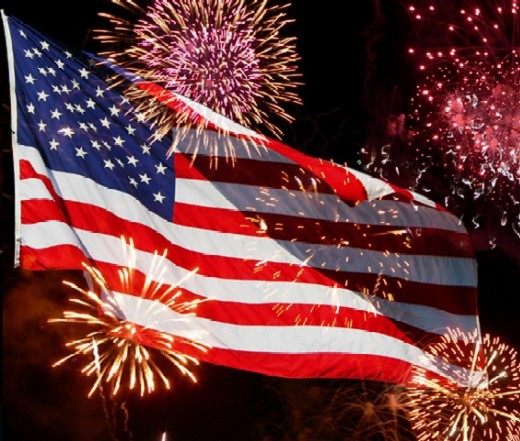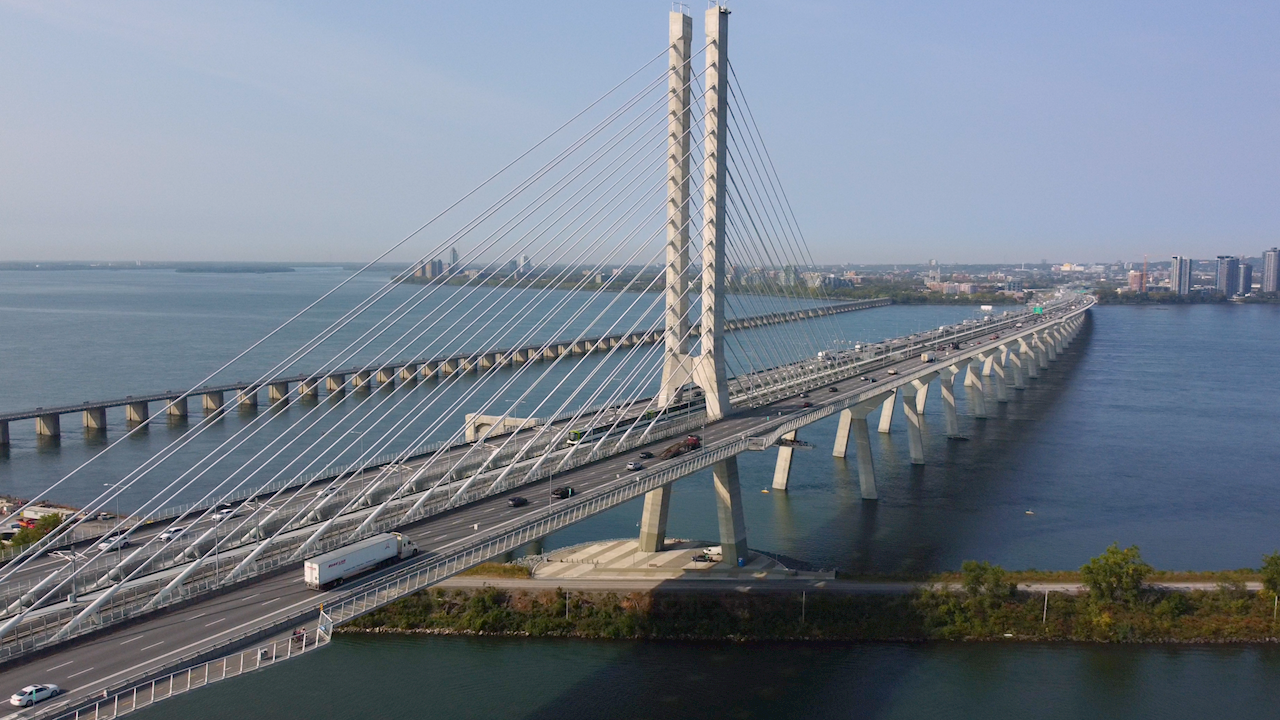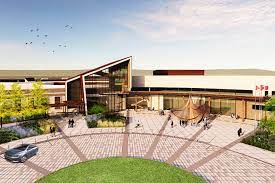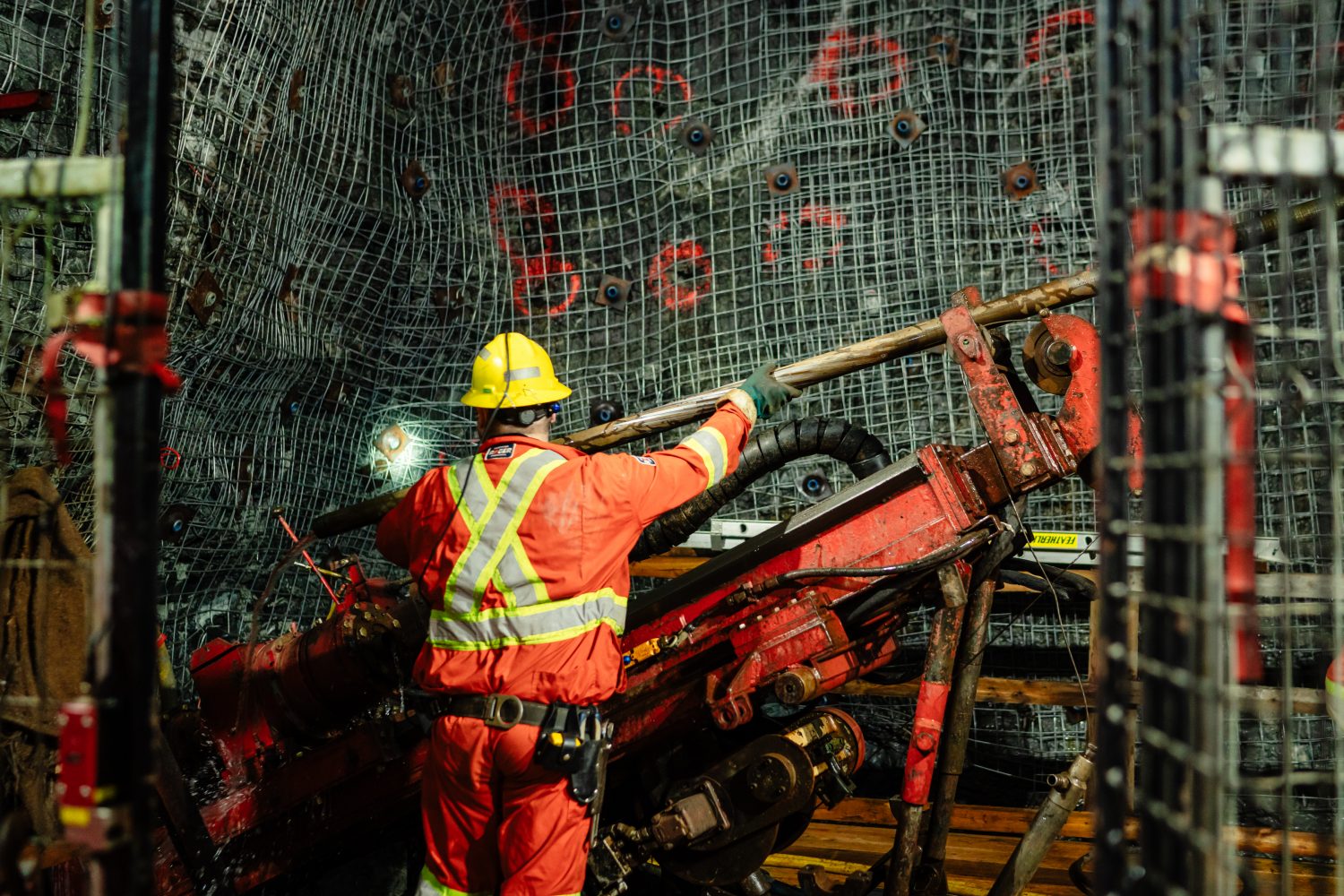
10. The first Labor Day
America's first Labor Day parade took place in New York City on 5 September 1882, organized by the Central Labor Union.
After marching from City Hall, past reviewing stands in Union Square, and then uptown to 42nd Street, the workers and their families gathered in Wendel's Elm Park for a picnic, concert, and speeches.
The second Labor Day (in 1883) was also held on 5 September (a Wednesday). It was not until 1884 that the first Monday of September became the standard day for the holiday. The idea spread with the growth of labor organizations, and by 1885 Labor Day was celebrated in many industrial centers of the country.
9. Origins in Canada
Labor Day is by no means an all-American affair. Canada has celebrated Labour Day on the same day, too, since the 1880s, and lays claim to its origin ten years earlier.
Labour Day in Canada can be traced back to April 14, 1872 when a parade was staged in support of the Toronto Typographical Union's strike for a 58-hour working week. Twenty four union leaders who were responsible for organizing the event were arrested under anti-union laws.
Labor leaders decided to call another similar demonstration on September 3 to protest the arrests.
8. Spreading across the states
The first governmental recognition of Labor Day in the US came via municipal ordinances passed during 1885 and 1886. From them developed the movement to secure state legislation.
The first state bill was introduced into the New York legislature, but the first to become law was passed by Oregon on February 21, 1887. During the same year four more states — Colorado, Massachusetts, New Jersey, and New York — created the Labor Day holiday by legislative enactment.
By the end of the decade Connecticut, Nebraska, and Pennsylvania had followed suit. By 1894, 23 other states had adopted the holiday in honor of workers.
7. A federal holiday
Labor Day became a federal holiday in 1894, when President Grover Cleveland put reconciliation with the labor movement as a top political priority following the deaths of a number of workers at the hands of the US military and US Marshals during the Pullman Strike.
Fearing further conflict, legislation making Labor Day a national holiday was rushed through Congress unanimously and signed into law a mere six days after the end of the strike. Congress passed an act making the first Monday in September of each year a legal holiday in the District of Columbia and the territories.
6. Celebration format
The format for the observance and celebration of Labor Day was outlined in the first proposal of the holiday — a street parade to exhibit to the public "the strength and esprit de corps of the trade and labor organizations" of the community.
After that there was to be a festival for the recreation and amusement of the workers and their families. Speeches by prominent men and women were introduced later, as more emphasis was placed upon the economic and civic significance of the holiday.
5. Labor Sunday
By a resolution of the American Federation of Labor convention of 1909, the Sunday preceding Labor Day was adopted as Labor Sunday and dedicated to the spiritual and educational aspects of the labor movement.
4. Sporting connections
In US sports, Labor Day marks the beginning of the NFL and college football seasons. NCAA teams usually play their first games the week before Labor Day, with the NFL traditionally playing their first game the Thursday following Labor Day. The Southern 500 NASCAR auto race was held that day from 1950 to 2004.
3.Celebrations today
Parades and speeches are less common these days, with most people regarding the holidayas a day of rest and parties. Forms of celebration include picnics, barbecues, fireworks displays, water sports, and public art events. Families with school-age children take it as the last chance to travel before the end of summer recess. Similarly, young adults view it as the last weekend for parties before returning to school.
2. Founder of Labor Day
There is still some doubt about who first proposed a US holiday to honor workers. Most sources, even the Department of Labor itself, credit Peter McGuire with the origination of Labor Day, but recent evidence suggests that the true father of Labor Day may in fact be another famous union leader of the 19th century with a similar name, Mathew Maguire.
Peter J. McGuire was general secretary of the Brotherhood of Carpenters and Joiners and a co-founder of the American Federation of Labor (with Samuel Gompers). His near namesake Matthew Maguire led several strikes in the 1870s and by 1882 had become secretary of the Central Labor Union in New York.
In his book The First Labor Day Parade, Ted Watts suggests that Matthew Maguire was denied recognition as the father of Labor Day for political reasons. Gompers, it is suggested, did not want Labor Day to become associated with the "radical" politics of Matthew Maguire, so in an 1897 interview, Gompers' close friend Peter J. McGuire was assigned the credit for the origination of Labor Day.
1. Labor Day 2010
As Americans celebrate Labor Day this year, the laborers being celebrated are ever fewer in number, with the US economy having lost over 8 million jobs since the recession took hold and national unemployment standing at almost 15 million people.
Last week’s figures from the US Labor Department revealed that the economy lost another 54,000 jobs in August, with the unemployment rate now standing at 9.6 percent.
On the plus side, however, the private sector created a better-than-expected 67,000 jobs in August, but this promising upturn was more than offset by the government releasing around 114,000 temporary census workers.
The private sector has actually added over 760,000 new jobs this year, but the national unemployment rate has barely moved from its 9.7 per cent figure at the start of the year.
The unemployment rate has exceeded 9 percent for 16 straight months. If it goes into next year without falling below 9 percent, it will break the record of 19 straight months above 9 percent, set after the severe recession of 1982-83.
President Obama has often said that rebuilding the economy and creating jobs is his "most urgent task," and he is expected to announce a series of proposals this week to do that, including new tax breaks for small businesses, extending research and development tax credits and creating new infrastructure projects.
“The economy is moving in a positive direction, jobs are being created; they're just not being created as fast as they need to," Obama said Friday. "We're moving in the right direction. We just have to speed it up."













